This week, the bulk of my essay is from one I wrote this time last year. I like to go back to things I wrote at the same time in a previous year, whether it’s here on Substack or in my journals. I find it comforting to know my vantage point is different, a reminder of how impermanent feelings can be. This anchors me, especially when the current feelings feel like they might pull me way down. Deep down. This too shall pass becomes more apparent.
If you are a new subscriber, I welcome you and thank you. If you were here with me a year ago, heartfelt thanks for returning and staying.
LAST YEAR’S WORDS:
We Have Turned the Year
Winter solstice rumblings
The older I get, the more apt I am to experience SAD - seasonal affective disorder. Perhaps it’s entwined with this lovely stage I’m in called perimenopause and its roller coaster of hormonal changes. All I know is, I am bracing myself for the winter months when the deep cold, lack of warm sunlight and tolerance for being outside wanes. To help prepare, I decided to pay more attention to winter solstice, the longest night of the year, the day with the least amount of day light. Is there something it could teach me?
I am still sitting with Katherine May’s beautiful book, Wintering: the Power of Rest and Retreat in Difficult Times, in which she described a trip to Stonehenge one winter solstice. As the sun sank into the horizon, the crowd there exchanged a greeting to one another by saying, “We have turned the year.” This is a reference to Pagan traditions which honor solar and lunar cycles and the interconnection they have with all of life.
Solstice comes from the Latin meaning, “sun stands still.” With the arrival of the December solstice, yesterday was the shortest day of the year, but I am now going to change my view of this day. I will now see it as a celestial holiday - the "birth of the sun."
Here where I live, in Massachusetts, the sun rose yesterday at 7:09 a.m. and set at 4:14 p.m. There was 9 hours, and 5 minutes of daylight. Moving forward, we’ll gain a few seconds of daylight each day until we reach spring equinox on March 19th. By then we'll have about 12 hours, and 5 minutes of daylight.
The winter solstice occurs at the exact moment the North Pole tilts the farthest away from the sun. I find it pretty cool that the earliest sunsets and latest sunrises don't occur on the winter solstice. It seems counterintuitive, right? Because I like to nerd out on this stuff, I pulled up Earthsky.org to explore it more. If you love this stuff, like I do, you can find more HERE. At solar noon the sun reaches its highest point in the sky. True solar noon occurs 10 minutes earlier on the clock in early December than it does at the solstice. When true noon occurs later on the solstice, so do the sunrise and sunset times.
Earthsky.org further explains:
"It's this discrepancy between clock time and sun time that causes the Northern Hemisphere's earliest sunset and the Southern Hemisphere's earliest sunrise to precede the December solstice. The discrepancy occurs primarily because of the tilt of the Earth's axis. A secondary but another contributing factor to this discrepancy between clock noon and sun noon comes from the Earth's elliptical — oblong — orbit around the sun. The Earth's orbit is not a perfect circle, and when we're closest to the sun, our world moves fastest in orbit. Our closest point to the sun — or perihelion – comes in early January. So, we are moving fastest in orbit around now, slightly faster than our average speed of about 30 kilometers (18.5 miles) per second. The discrepancy between sun time and clock time is greater around the December solstice than the June solstice because we're nearer the sun at this time of year."
Hmmmm, so right now, in this time of December, as I am in my own whirlwind of a frenzy with all the end of year holiday and life to-dos, the Earth is also spinning madly around, in its own kind of frenzy?!?!? Strangely, this brought me some comfort.
This also made me think more about time - precious time! Elusive time. Time that continues to escape me. I lose it continuously. It incessantly slips through my hands. Freefalling. So often, I catch myself racing the clock. Squeezing it all in. The clock bosses me through my day - beckoning me to hurry, complete the tasks. Inbox zero. Return this call. Fix this problem. Finish this errand. My mind always has tunnel vision on what needs doing next. Which means I cannot fully immerse myself in the thing right in front of me. In this minute. Right now.
The overwhelm that accompanies our days and forces us to “manage” our time; wrangle it into submission, makes me think about the concept of Chronos vs. Kairos time. The ancient Greeks viewed time in a much richer way. Chronos refers to quantitative time - time that can be measured (think minutes, hours, months - chronological). Kairos time is qualitative. It measures moments, not seconds. You know the kind - those moments when time seems to stand still. And you can’t imagine being anywhere/doing anything else. It’s measured in heart beats and eyes connecting. In moments that take your breath away. In tears that well up in the back of your eyes. Kairos time has impermanence; its fading nature is what makes it so powerful.
Chronos time has manipulated me over and over. I’ve fallen prey to it, scrambling to grasp the elusive hour before it whizzes by. This winter, rather than count the extra seconds and minutes of daylight the earth gifts us back, I want to give myself my own kind of light. Allow my days to measure light in kairos time, not chronos. Rather than live by the clock, I want to measure the light my day brings in experience, not just sunlight. I’m throwing away all the so-called atomic habits that beckon me to stack one thing on top of another just so I can say at the end of my day, in an exhaustive exhale, “I got it all done today!”
I bookmarked this poem not so long ago. It’s a perfect fit for how I feel lately:
As I step into 2024, I want to stop, stand, and stare. I want to create my own time horizon. Yesterday I made sure I was outside to catch the sunset on this shortest day of the year. With my daughter in tow, we watched the winter horizon, unfold and seep down. Seeing the sky allow itself to slowly set the day down gently is where I’ll draw my inspiration.
As I watched Caroline balance herself on the wooden post that separated the parking lot at our nearby town lake, I glanced from her sweet body gingerly balancing her steps over to the sun slowly dipping itself into the horizon to rest. And I thought to myself, “kairos. THIS is kairos.”
I think what I am starting to realize is that these kairos ways of being -being WITH time will strengthen my relationship with chronos time.
For some winter fun, you can mark the solstice by taking a picture of your shadow at noon. Right when the sun is at its lowest arc across the horizon, at this time it casts long shadows. I was talking to my 10-year-old about this, and she asked me to do it, take a picture and show her after school. I set a reminder on my phone and went out for a few minutes of mid-day fun.
It’s these kinds of tasks that I want to build into my days ahead (kairos).
THIS YEAR’S WORDS:
I can’t find my SAD (light therapy) lamp. This was a purchase I made at the end of 2023 to help me adjust to the darkness that is winter. I ripped through closets and bins in my house looking for it late November, when the darkness was inching in, minute by minute earlier each day. I told myself to trust that perhaps this is a sign. Maybe I am meant to sit with (sit in) the dark this year.
My daughter loves to drive around looking at the homes all lit up with Christmas lights. The brighter the better in her festive heart and dancing eyes. We have our favorites; the ones we point to each time we traverse by.
And yet. I can’t help but think about how as a culture, we are so quick to disinfect the dark. I can’t help but think about how nature knows to let the dark in. Let it do its thing. The animals know to burrow and blanket in the dark. Us humans throw lights and tinsel all over the place and jingle bell all the way through December.
But what if sitting in the dark is actually how you get your vision back?
I’ve decided I want to insert another tradition into the month of December with my daughter. A winter solstice stance. I think that’s what I’ll call it.
Just last night while driving to her brother’s basketball game, a Christmas song was on the radio, and she asked about mistletoe. “What is it? A plant?” I told her the origin of it - that it actually has more to do with winter solstice than Christmas. In ancient times, the Druids held a special ceremony five days after the new moon following the winter solstice, in which they cut the boughs of the mistletoe from a sacred oak tree with the blade of a golden sickle. They were careful not the let the branches touch the ground and become contaminated. The priests would divide up the boughs into sprigs and distribute them among the people who believed the mistletoe protected them from storms and evil spirits.1
The mistletoe was a sacred plant believed to have miraculous abilities to ward off disease, harm and evil spirits. The idea was you would wave it to welcome in good luck and many blessings. The plant was revered so much so that even enemies who happened to meet beneath a mistletoe in the forest would lay down their arms, drop weapons in exchange for a friendly encounter, and keep the peace and goodwill until the following day. From this old custom grew the practice of suspending mistletoe over a doorway or a room as a token of good will and peace to all comers. It’s not just for kissing. It’s a plant for true peacemaking.
We could use some of that right now. If only folks would pick up a bough of mistletoe instead of their phones. Rifle off words of peace instead of spew venom with thumbs.
I was happy to see winter solstice falls on a Saturday this year. I thought about how fun it would be for my daughter and I to take photos of our shadows at high noon, just like I did last year. Except the weather forecast here is calling for all clouds and a mixed bag of precipitation.
That feels fitting, actually. No SAD lamp. No sun shining on me this winter solstice. Another sign to let there be dark. Another opportunity to find comfort even when not in bright light. To know the sun is still shining even when we can’t see or feel it. To know that even if the day is dark, it is still a celestial celebration of the sun’s rebirth. To know light will return.
I look at the hour by hour forecast and it seems the sun may peek back out just in time for sunset tomorrow (4:14 PM). Maybe we chase that sunset like we did last year. Set down the day with some “kairos” moments.
Traditions change, and that’s ok. This is the year my daughter (11 years old) looked me straight in the eyes and said, “Mom, tell me the truth. Is Santa real?” The big reveal. She’s in the know, now. What I didn’t expect was for there to still be a twinkle in her eye. But there is. It’s still there. This year her eyes are dancing because she is celebrating this threshold. Being on the same side of the magic as the grown-ups. In her eyes I also saw deep appreciation looking back at me. “So, you and dad, all those years, bought all those gifts?” As I nodded yes, she leaned in and hugged me. One of those hugs that linger. The ones neither participator wants to step out of. The magical kind.
So, this weekend, amidst beating the clock for last minute holiday tasks, I will set aside some time to introduce a new kind of tradition tied to winter solstice and this season of December. We will hang wishing starts on our Christmas tree. Another nod to the Druids. The practice is to write three wishes on paper stars, one for yourself, one for your loved ones and one for the planet.
May we let our own stars guide the way. May our stars comfort us in the dark night.

COMMUNITY SHARES:
~In what small way will you send light into your world? The kind of light that feels like a lingering hug?
~What is slowly rising in you? A bit more each day- with its hue coming clearer and brighter?
~What would you include on your star? I’ll share mine next week (and possibly Caroline’s).
If you're a writer on Substack and have been enjoying my work, please consider recommending DARE TO BE to your readers. It’s a place where we practice living into our days by slowing down, exploring sobriety, and tapping into our collective creativity and curiosity.
If you’re a reader on Substack and have been enjoying my work and have someone in mind who you feel would welcome this space, please consider sharing this essay and my publication with them. It would mean so much.
Thank you for reading DARE TO BE. If you enjoy these essays from the heart and would like to show your support, please consider becoming a supporting member for only $5 a month.




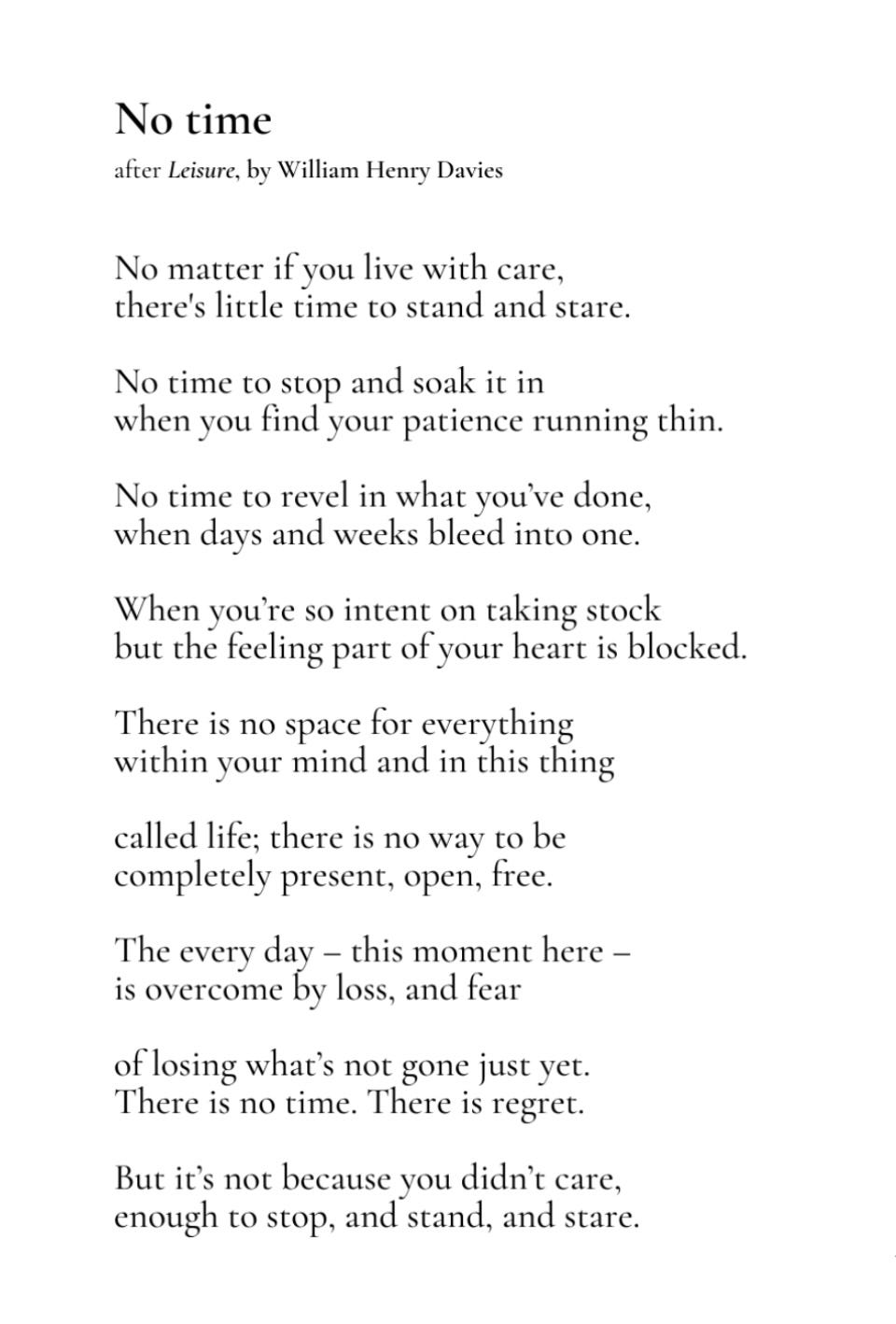
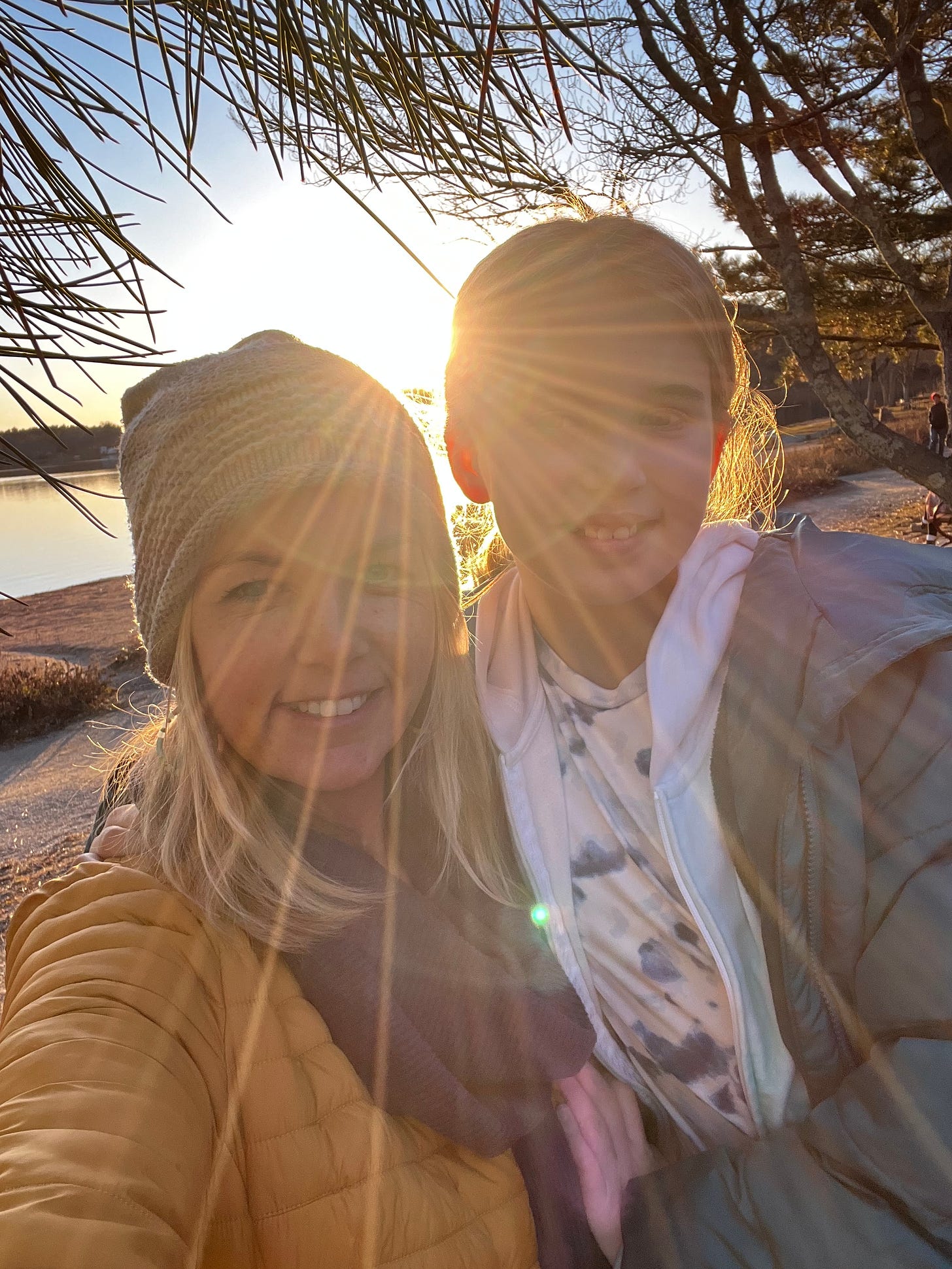
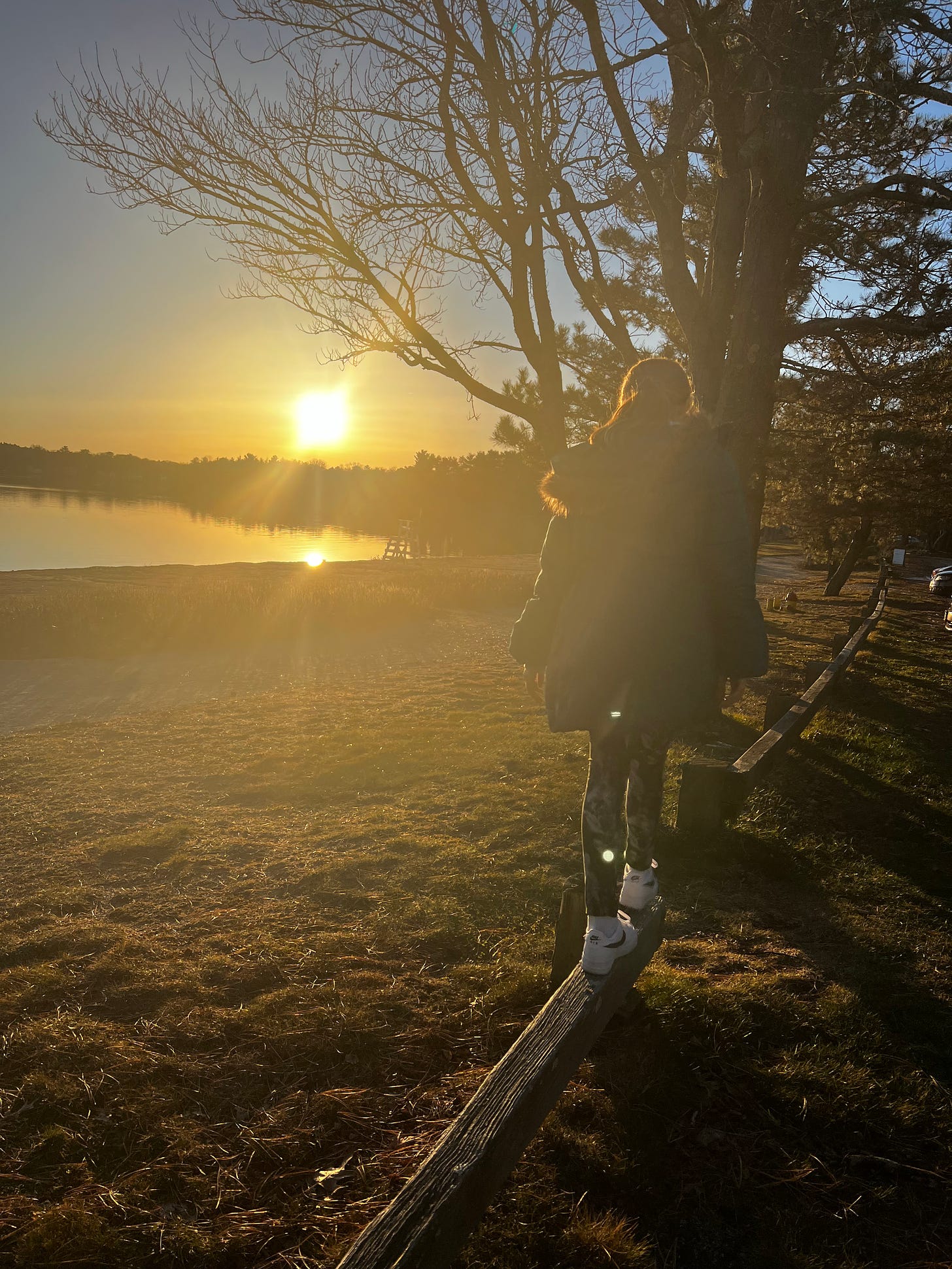
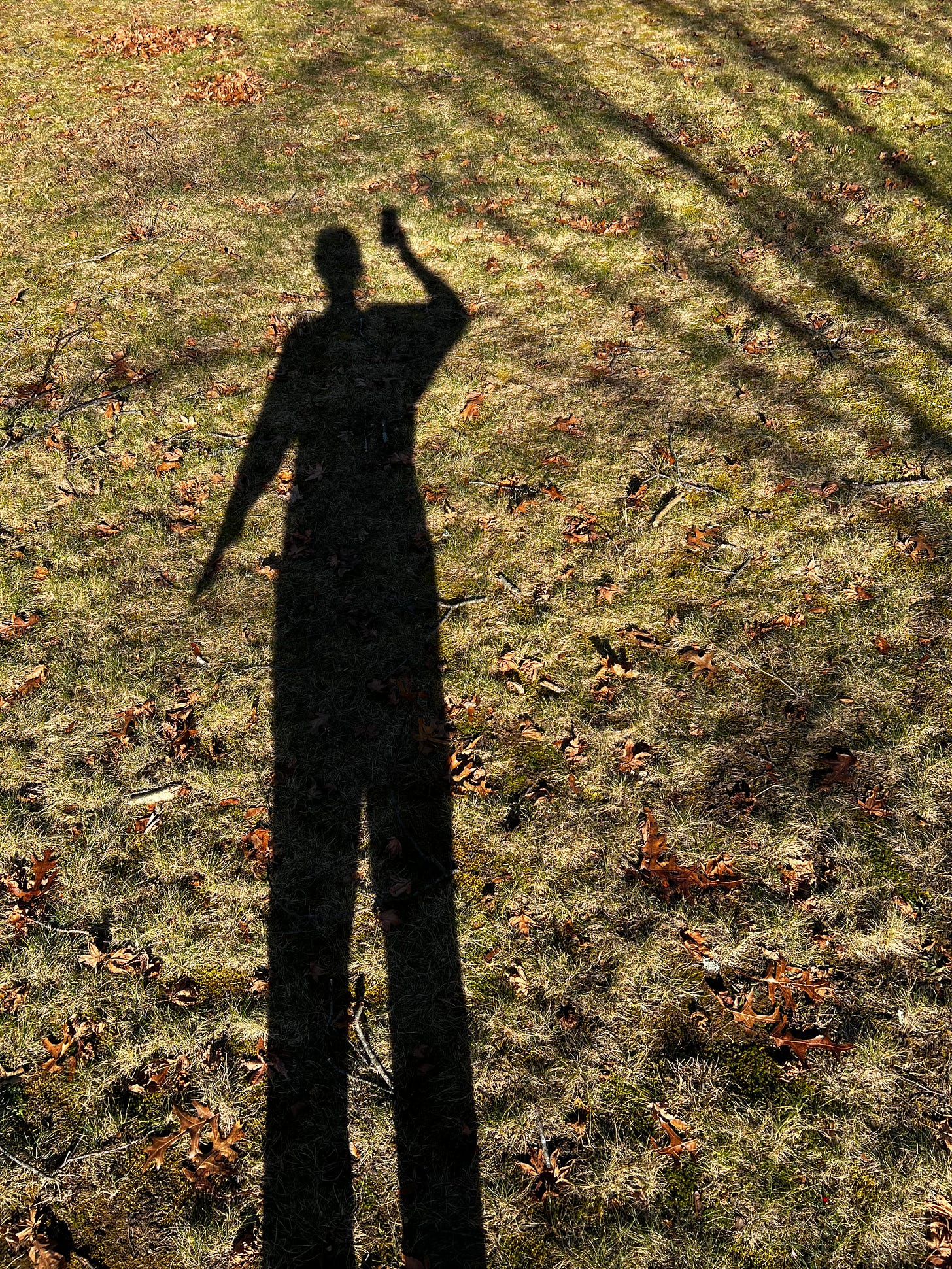

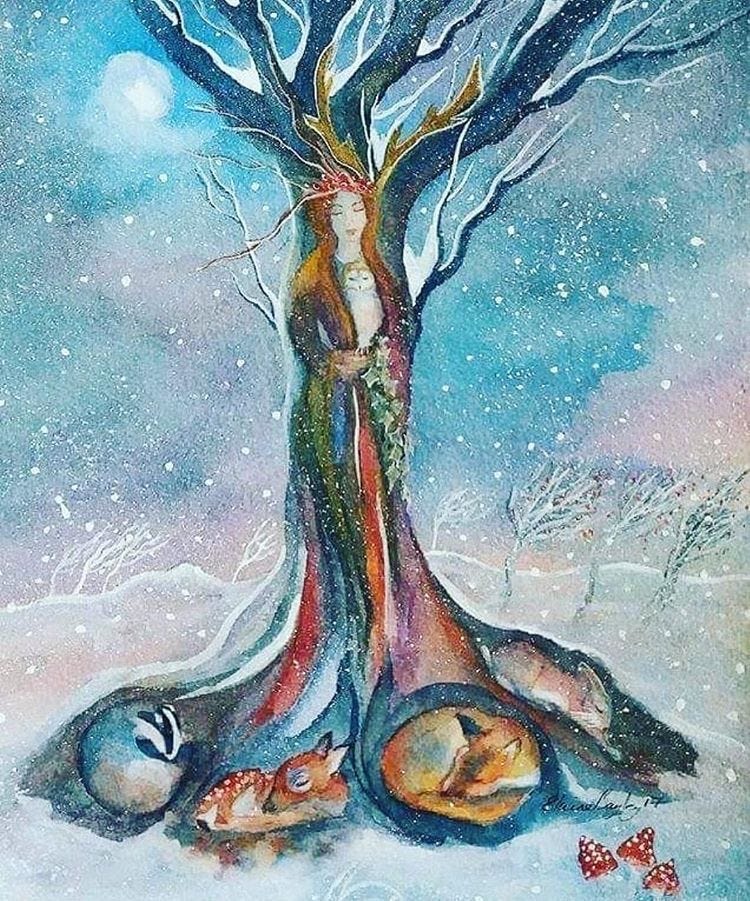


Beautiful words and reflections to start my Friday morning ✨❤️ I’ve been in a very dull, and suffocating dance with Covid for the last ten days and I’m finally feeling the call to start emerging. Along with trying two new Christmas baking recipes (handed down from my oldest friend’s beloved Grammy), I would love to start a star tradition with Harper. Thank you for planting this seed. It’s our first year in the new house and I have a couple of Christmas traditions up my sleeve, despite the jumble of the last several months.
Wishing stars! I’ll have to think about what I’d put on mine. A beautiful share as always, Allison. ❤️
I’ve been feeling a pull toward new routines rising. But it’s more than just routines- it involves how and when I spend time online, and I feel very similar to how I felt in the months leading up to quitting alcohol. Not that I’m quitting the online world, but I’m reaching a tipping point where certain unhelpful patterns no longer even deliver pleasure or a dopamine hit. Finally, finally, I feel ready to change them in a substantive way.